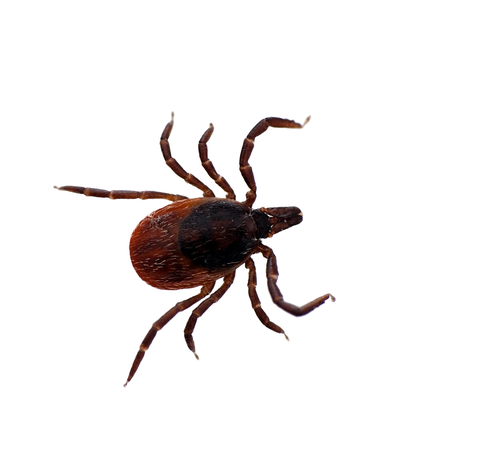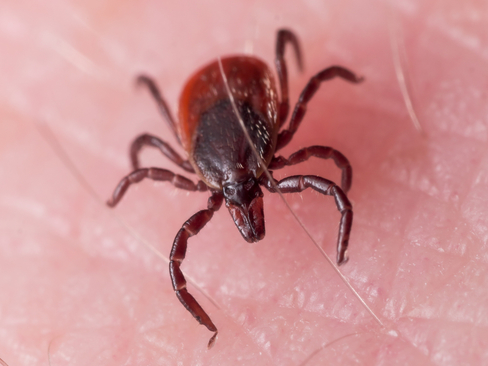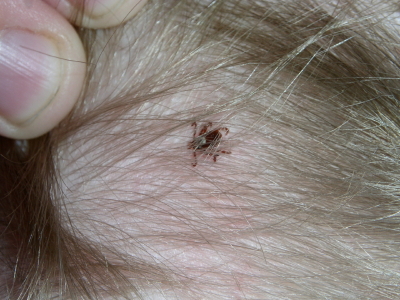

Keeping your family and your pets healthy and safe is the most important thing you can do. But ticks that can be picked up almost anywhere can carry some of the worst diseases imaginable. So ask yourself: is your home tick and pest free?
No one likes the sight of a tick. These 8-legged, tiny arachnids are generally smaller than a poppy seed, and can grow to over a centimeter in length after feeding. Tick larvae are even smaller, not even measuring up to a single millimeter in length.

Unlike other pests around the house, ticks are unable to jump or fly; the most that some species can do is hop. The tick pest can come into the house by clinging onto skin, loose clothing, and animal fur. Even if you don’t have a dog, other unwanted animals in your home (such as mice, rats and raccoons living nearby) might be bringing them in.
Hard to kill and even harder to spot, ticks are more than just a yucky nuisance. They carry over 15 different infections and viruses, such as Lyme disease. These infections and viruses can lead to a whole host of symptoms of diseases like Lyme disease, particularly those that target the nervous system and the cardiovascular system.
A loose tick wandering around your home can lead to your relatives feeling symptoms like skin rash, joint pain, headache, fever, fatigue, and more. In just no time at all, the infestation can get out of control.
So what are you waiting for? If you have seen signs of ticks around your home or suspect there might be an infestation somewhere, call PermaKill Exterminating for your permanent tick control solution today. Get your situation under control with PermaKill Exterminating pest control services.
Naturally found in highly vegetated areas, such as a park or an unkempt yard, ticks have evolved to live comfortably alongside pets and humans in homes. When not found underneath the collar, in the paws, or burrowed in the fur of your pets, ticks take shelter in dark crevices and cracks of the household, coming out only to feed.
One common question we get is: what is the difference between ticks and fleas? While both pests are parasites and transmit their own diseases, ticks are categorized as arachnids (eight legs as a full-grown adult) and fleas are categorized as wingless insects.

The differences between these two are marginal: both can feed on human blood, both sneak into houses by clinging onto clothing, fur and skin, and both are tiny and difficult to find. One major difference is that while ticks can feed on blood during all parts of its life cycle, fleas can only feed on blood once it has become an adult.
Remember: ticks are notoriously difficult to kill.
- They have the ability to survive in below 32 degrees
- They can wait for weeks between meals to find the right host
- They have various outlets to sense their hosts – body odor, vibrations, breath, moisture, body heat, and more
- They can survive being squeezed and crushed if not done properly
